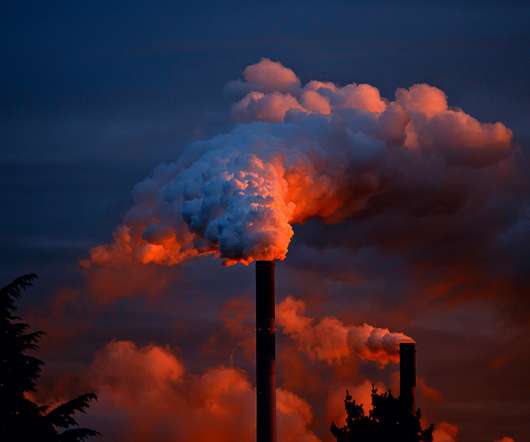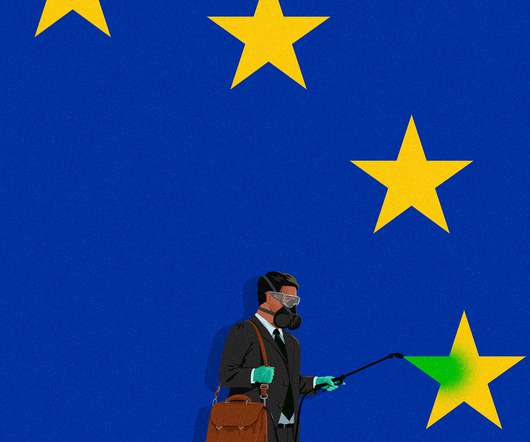Media brief: What are carbon offsets and how can they be used?
Clean Energy Canada
APRIL 16, 2021
Offsets offer a carbon polluter (like the operator of a steel plant) an additional option to comply with government rules that limit carbon pollution. Carbon offsets have been enabled under international law in the 1997 Kyoto Protocol and were first used internationally in 2001. WHAT ARE OFFSETS? HOW ARE OFFSETS USED?


















Let's personalize your content